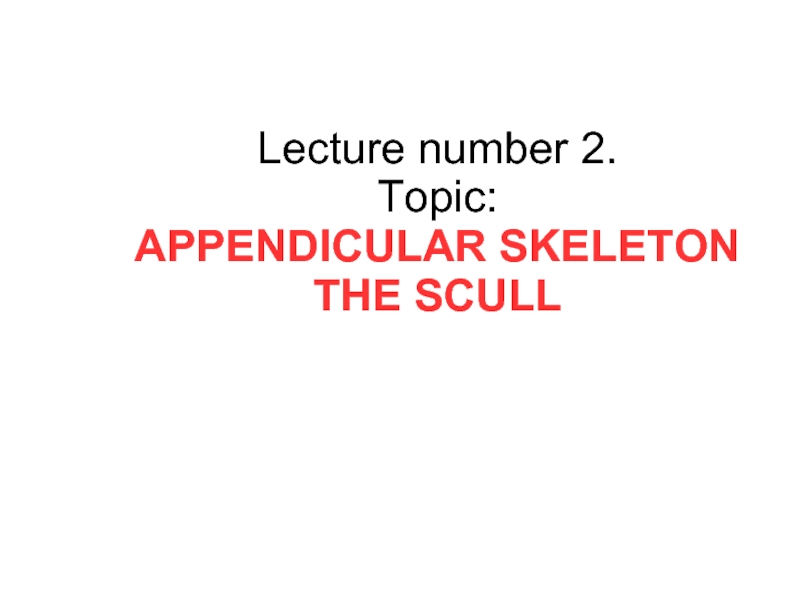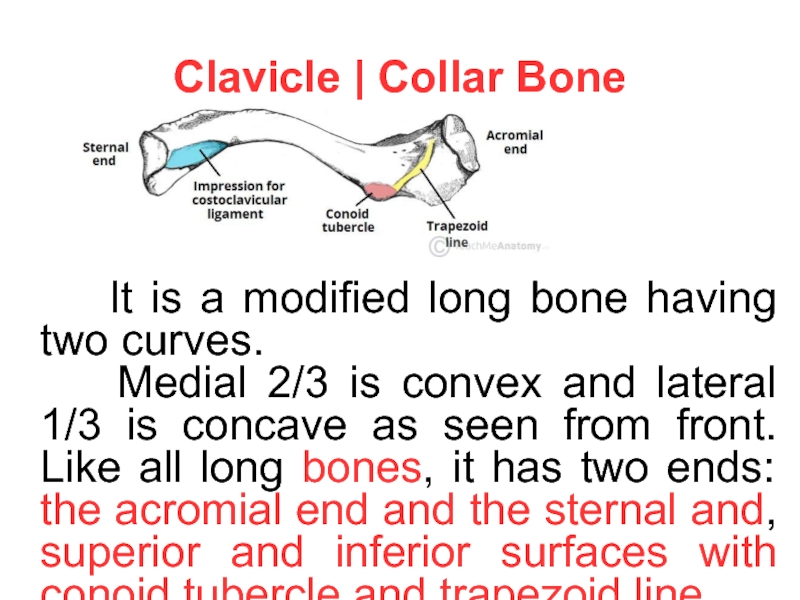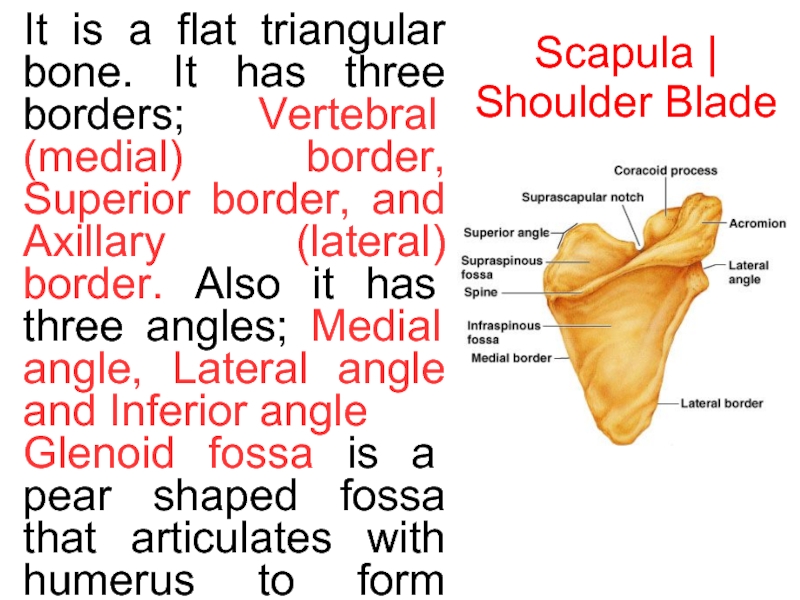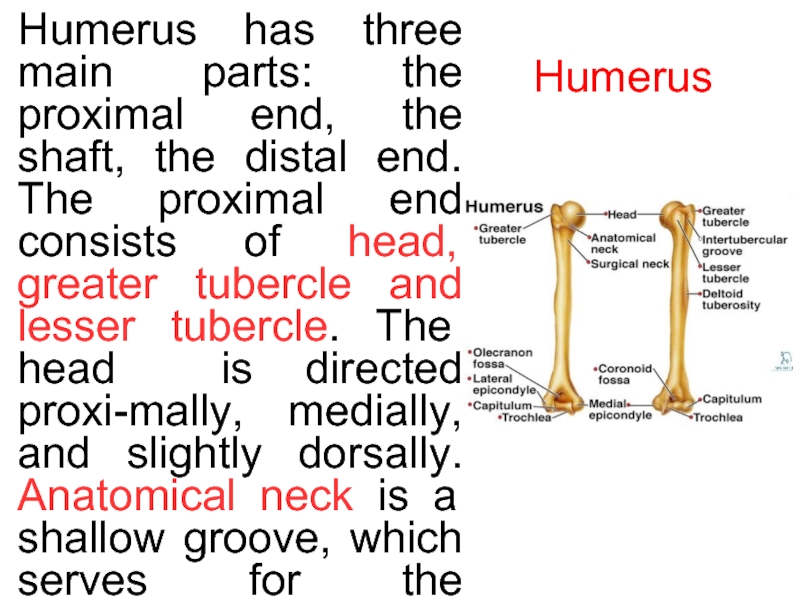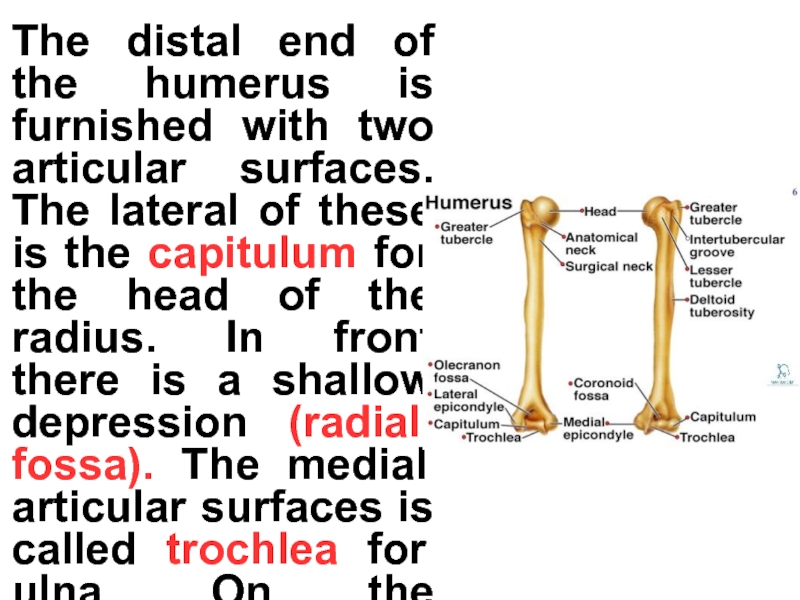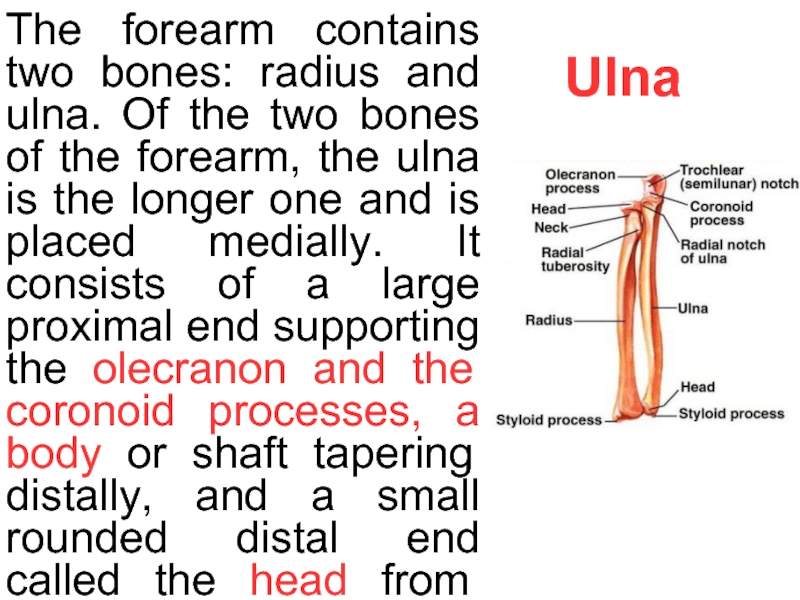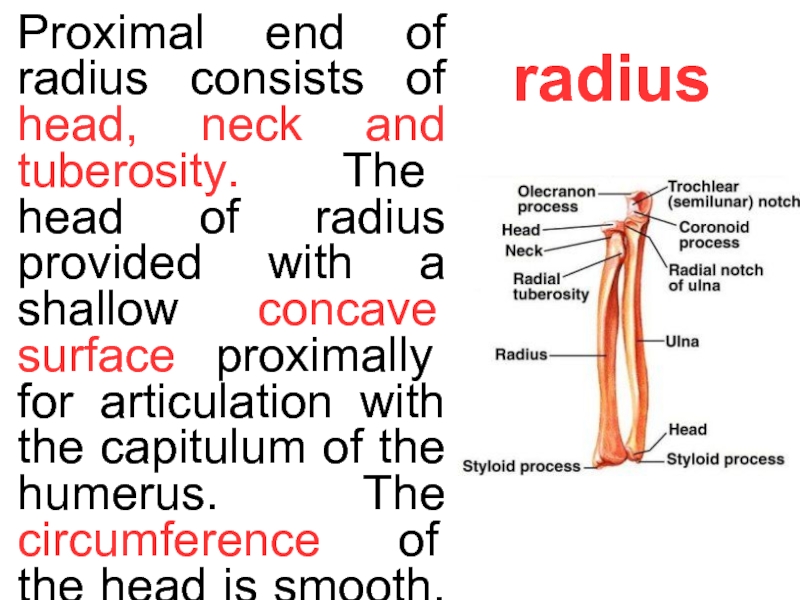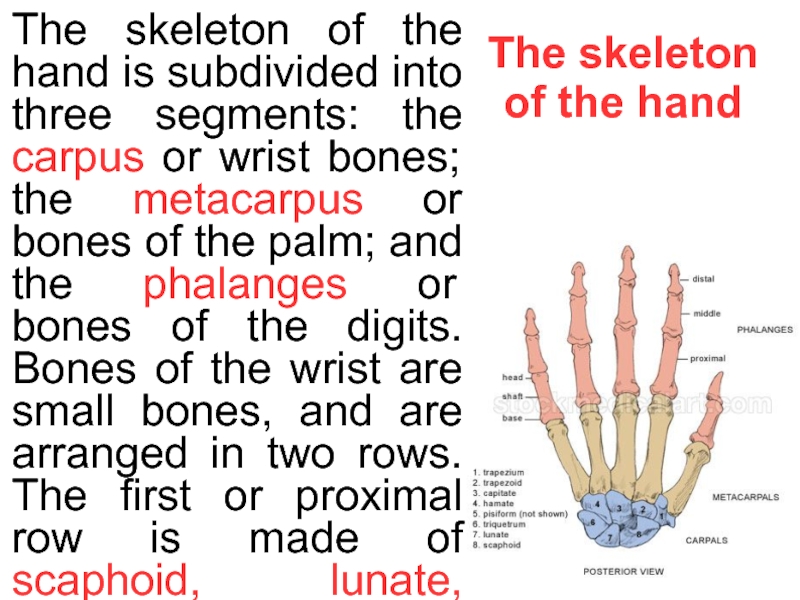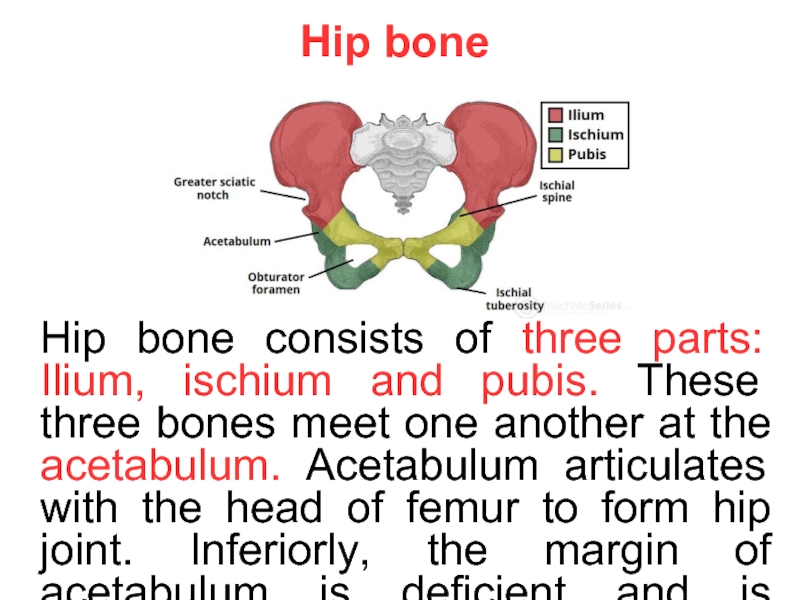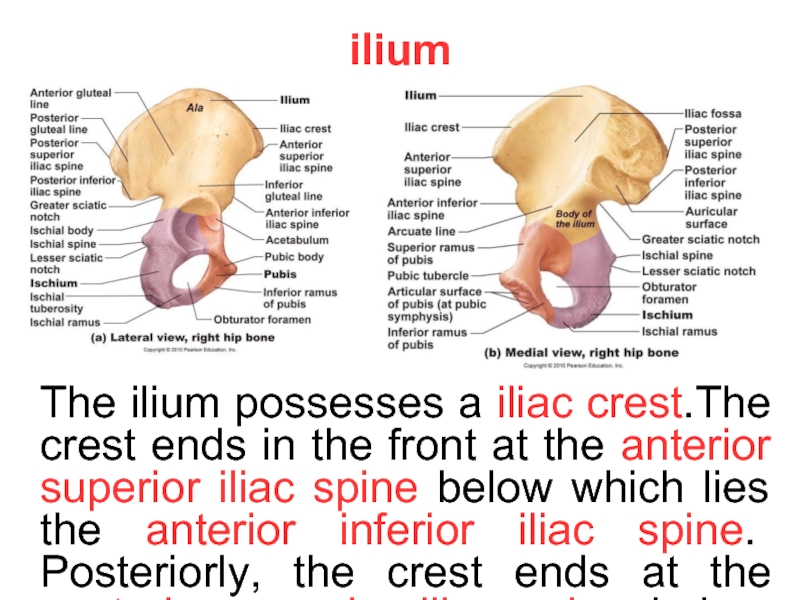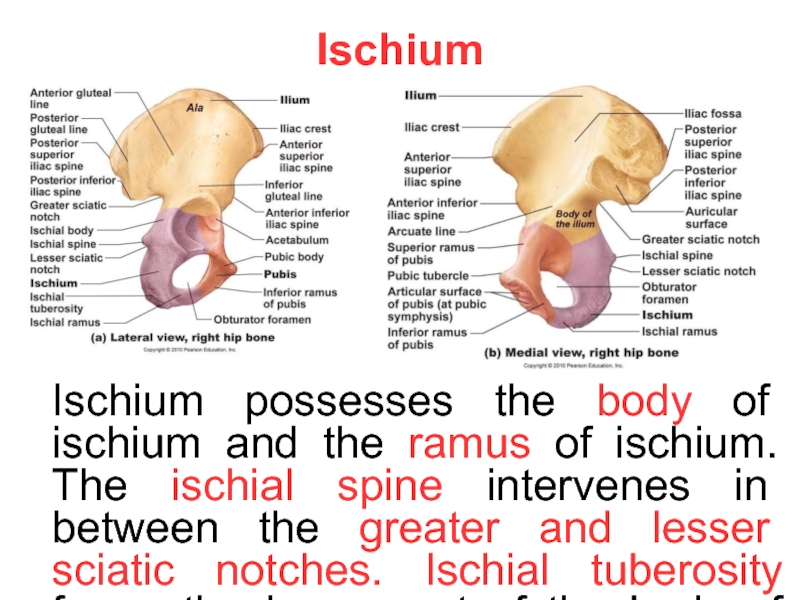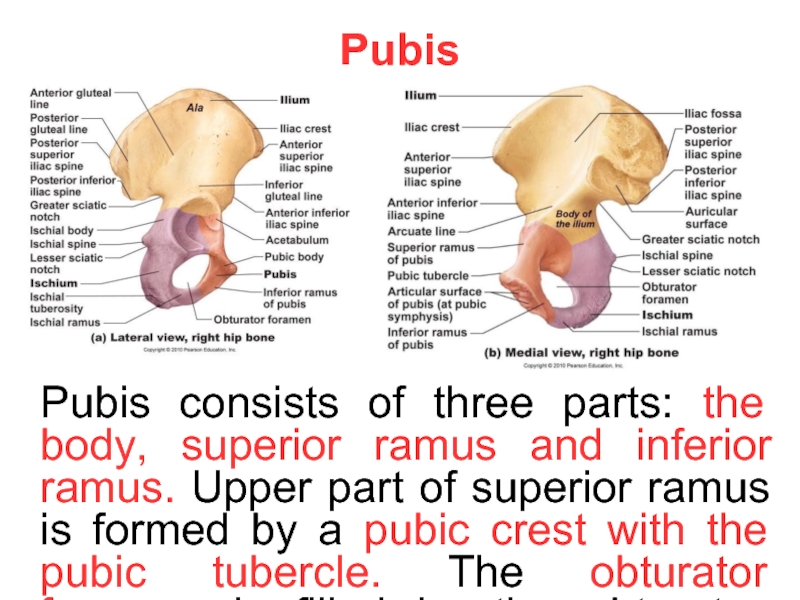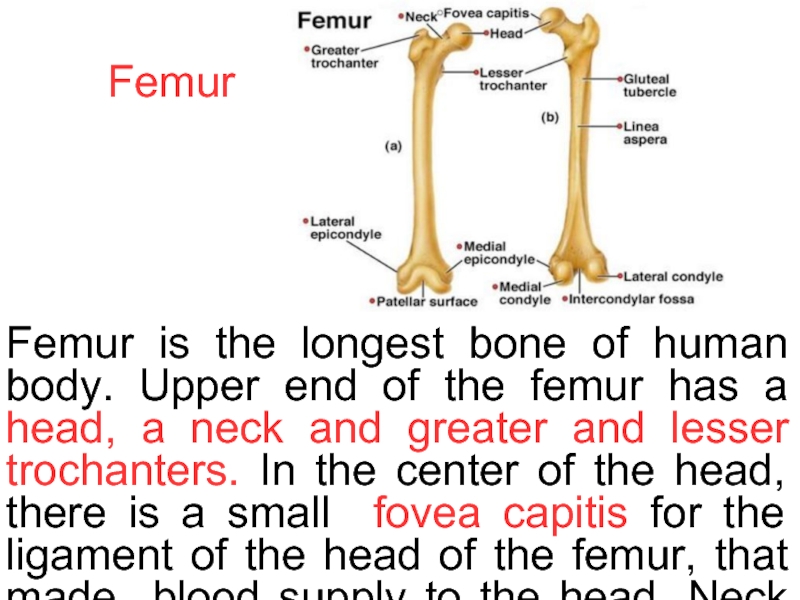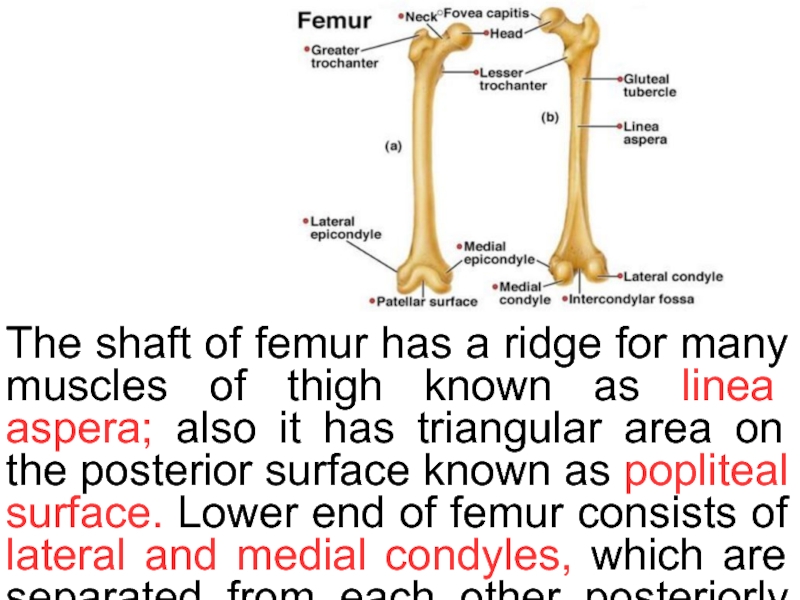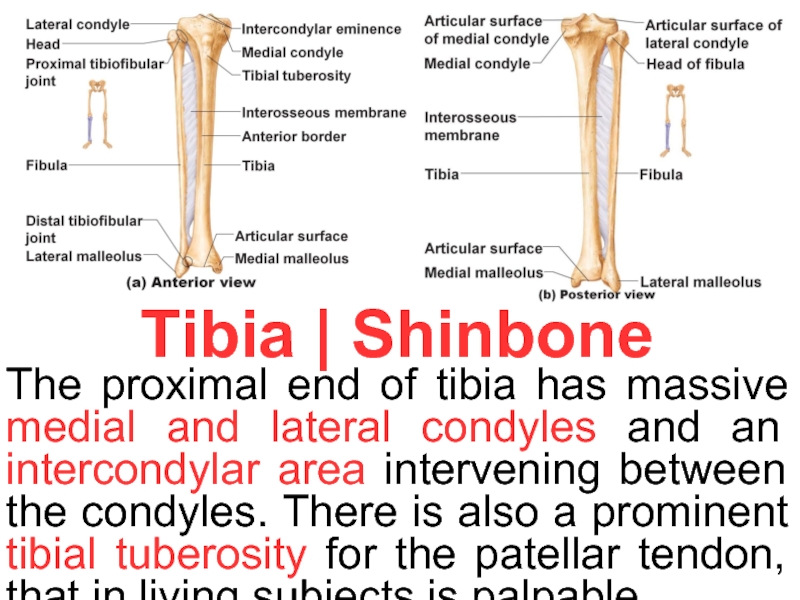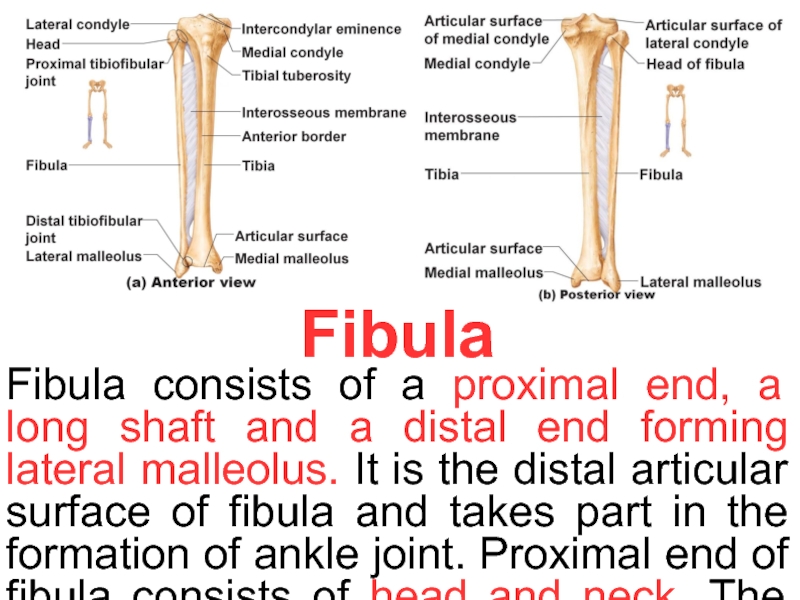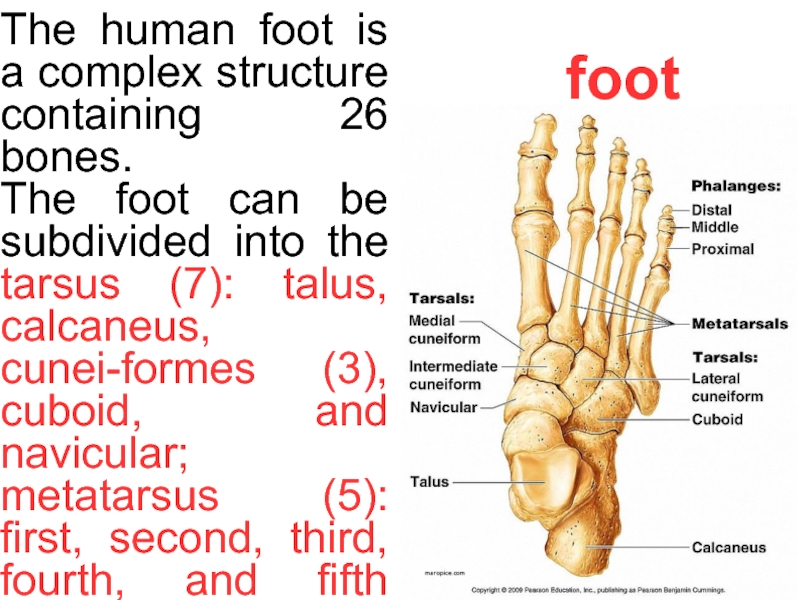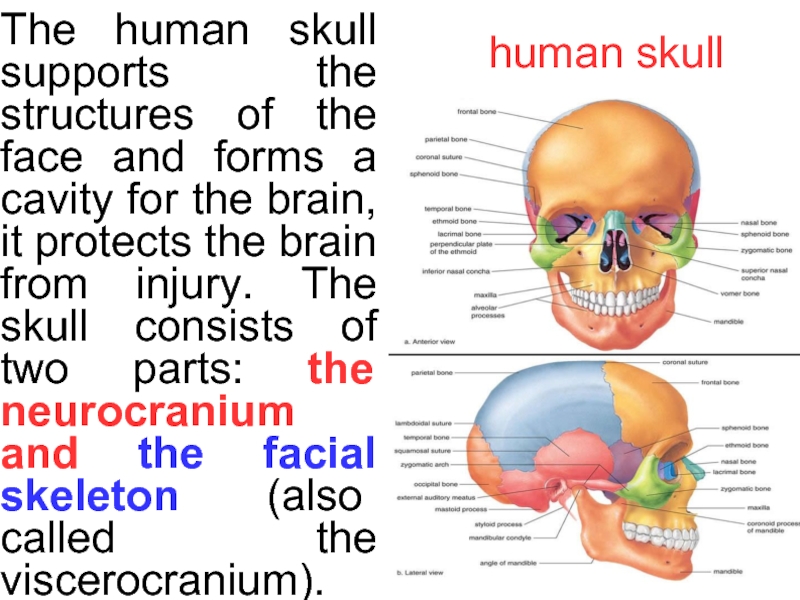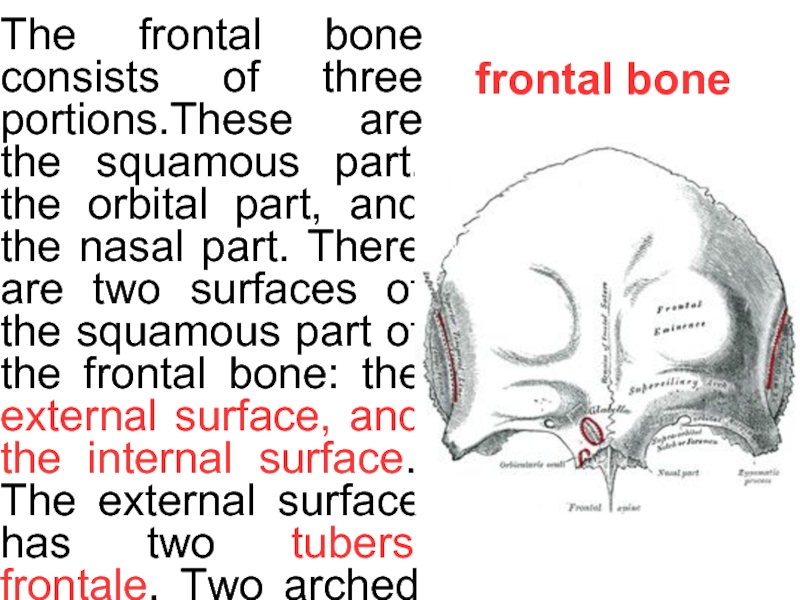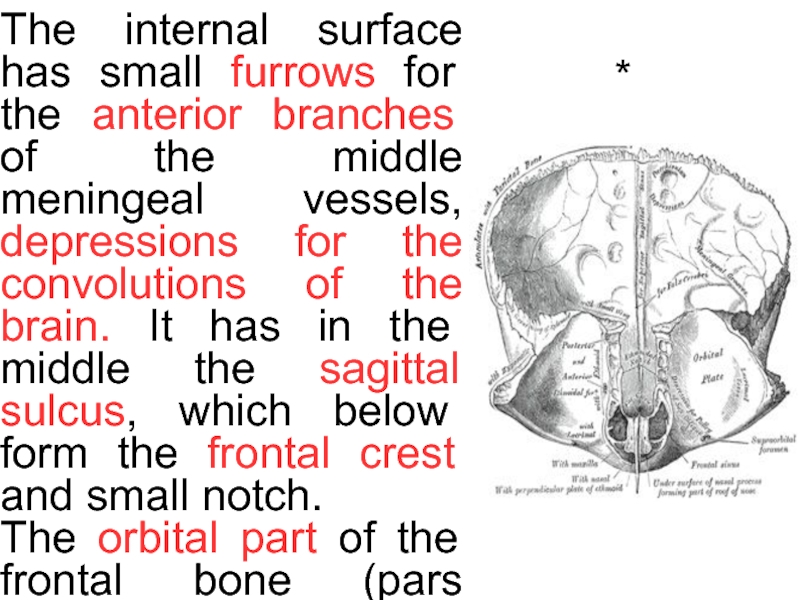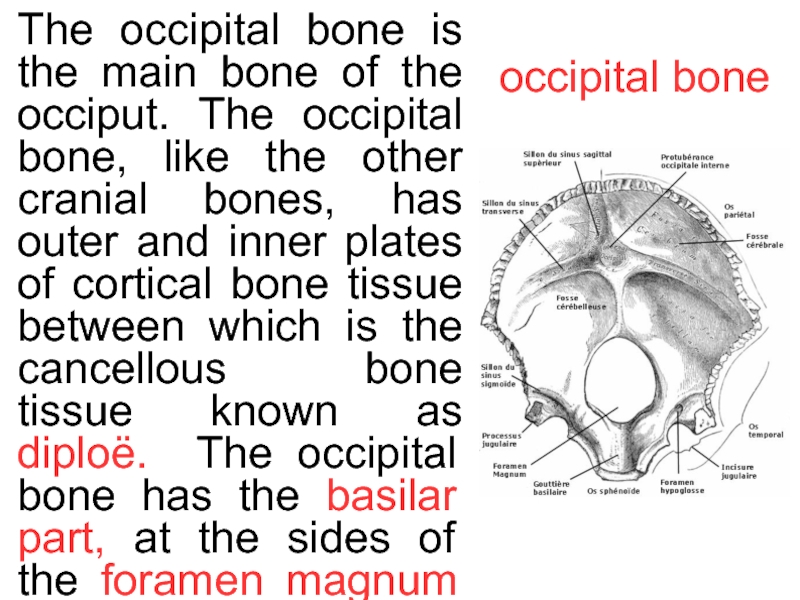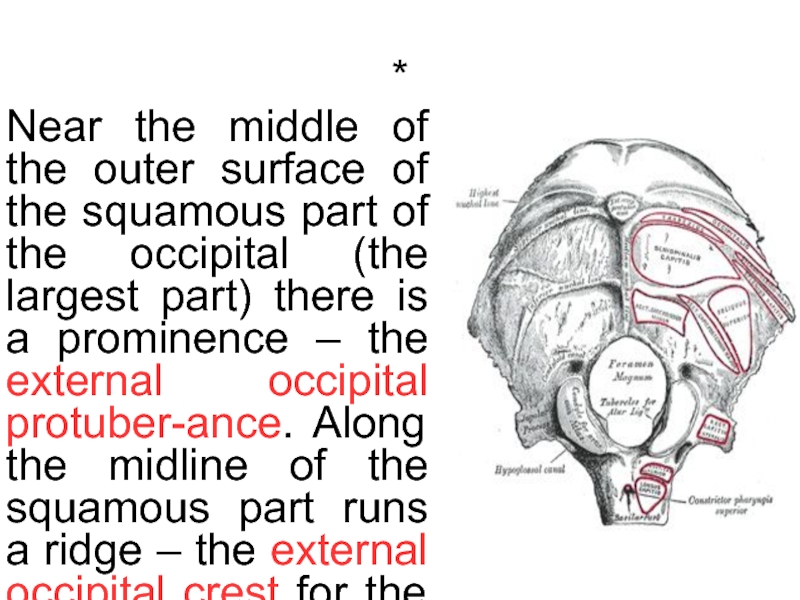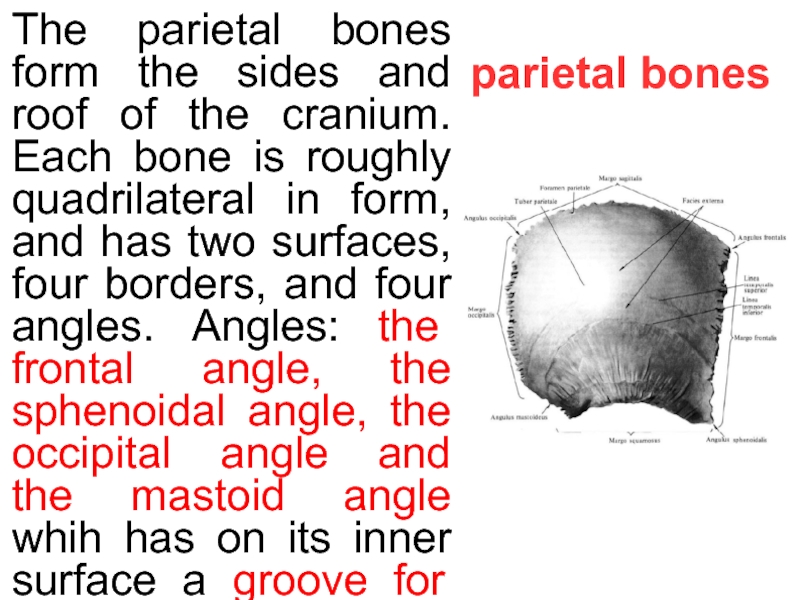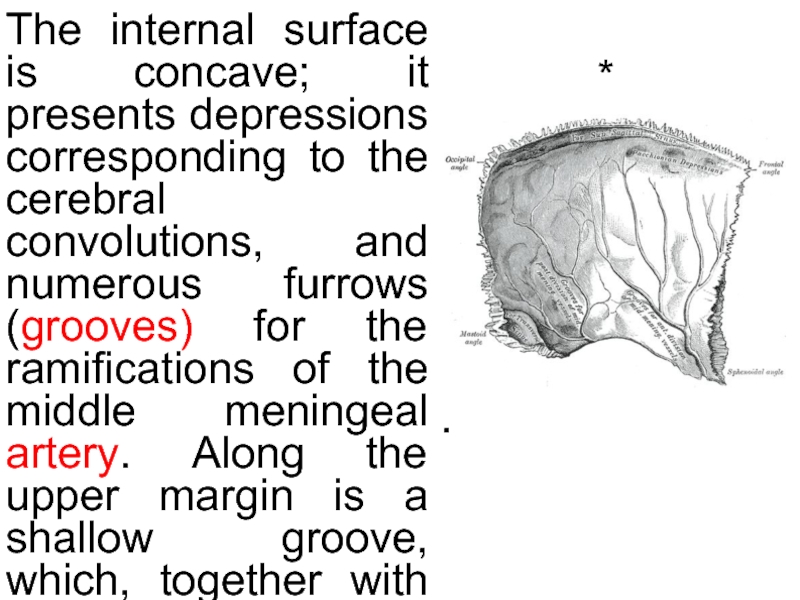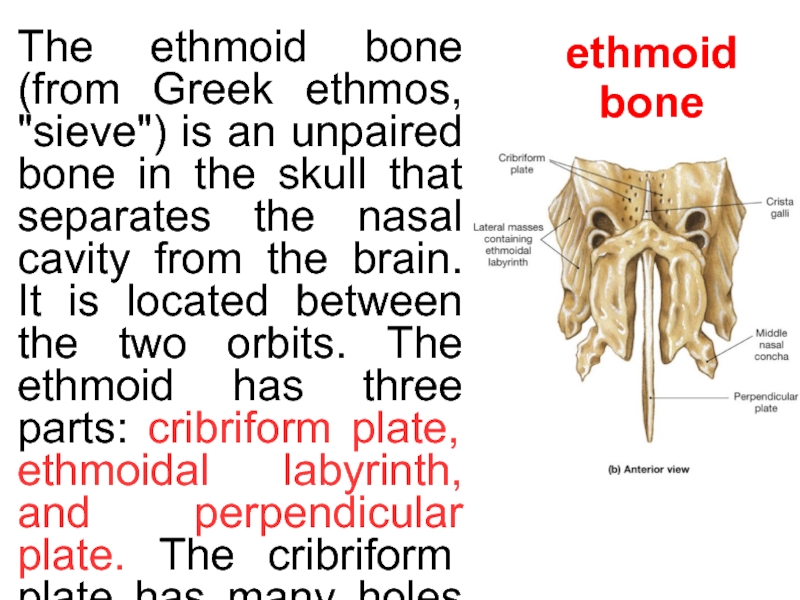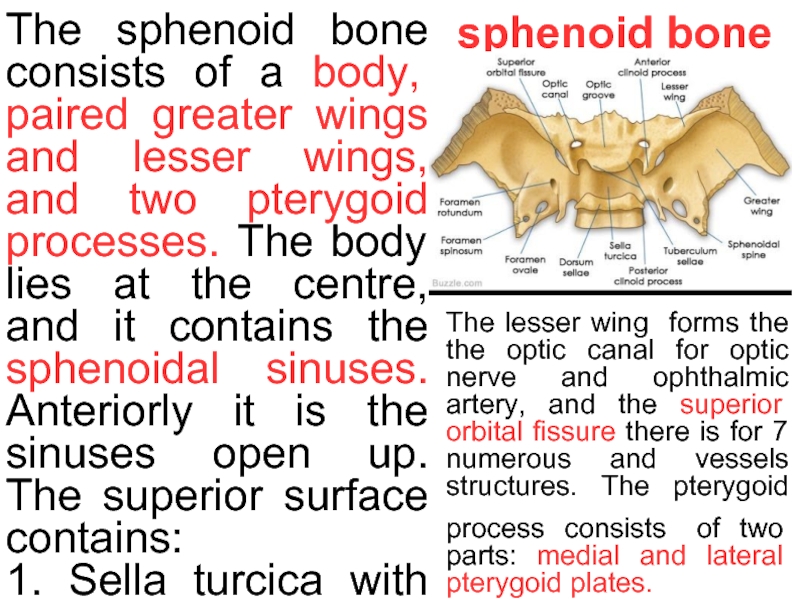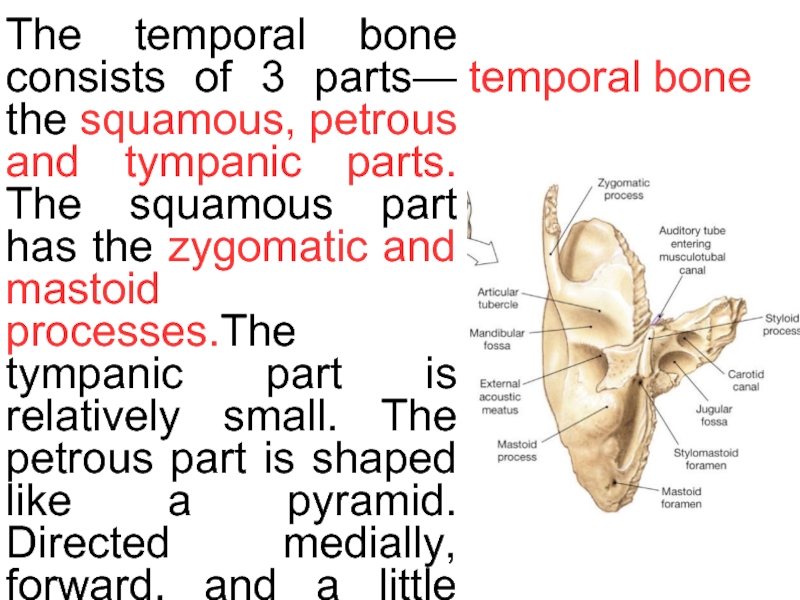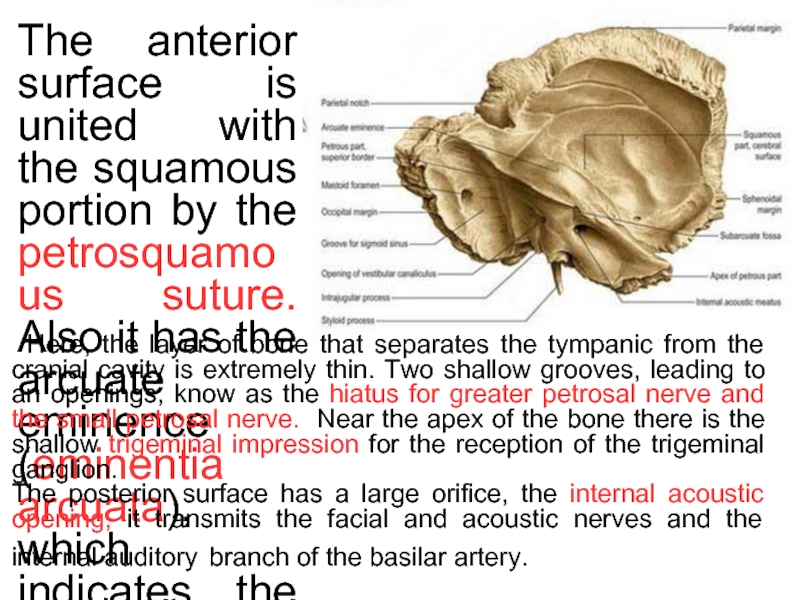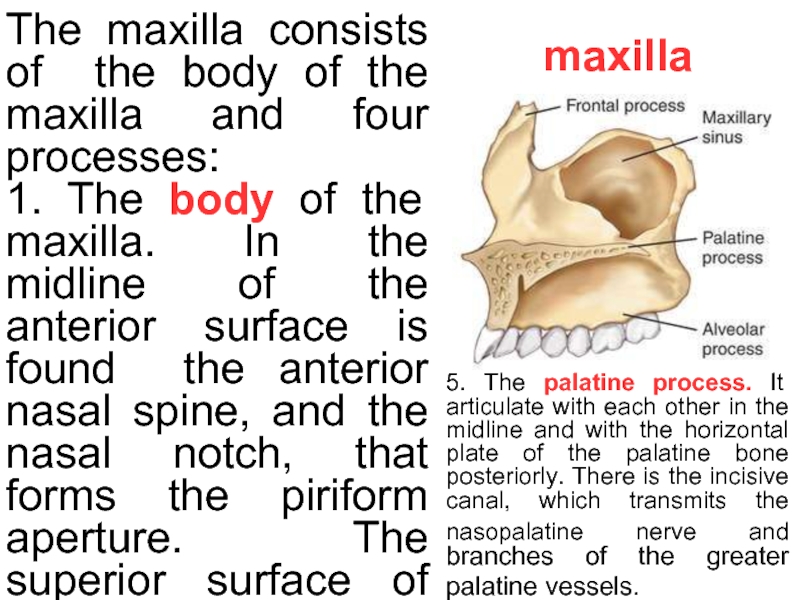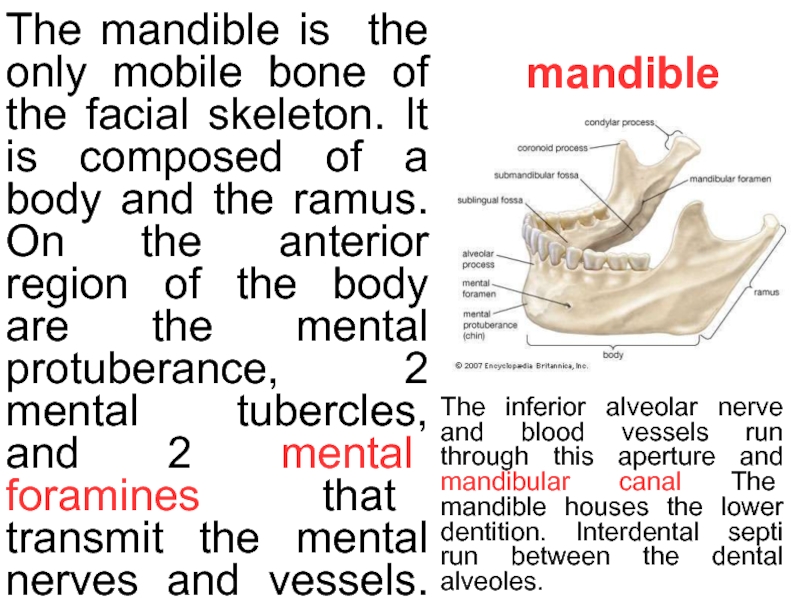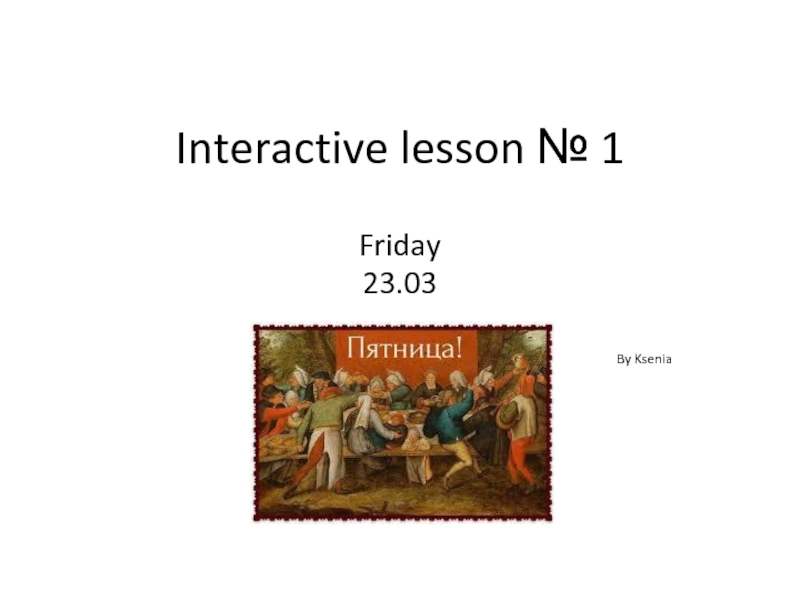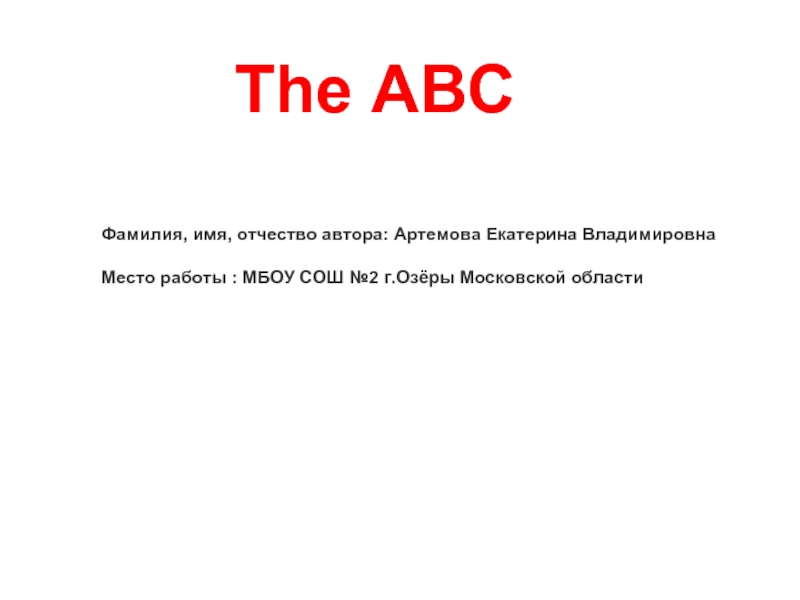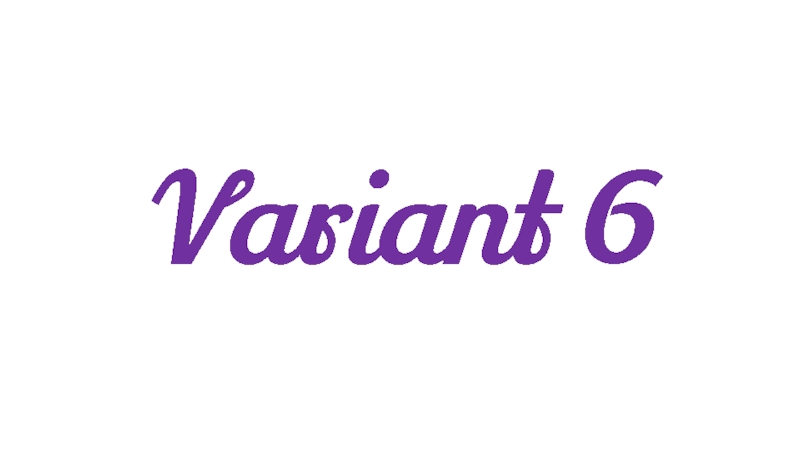- Главная
- Разное
- Дизайн
- Бизнес и предпринимательство
- Аналитика
- Образование
- Развлечения
- Красота и здоровье
- Финансы
- Государство
- Путешествия
- Спорт
- Недвижимость
- Армия
- Графика
- Культурология
- Еда и кулинария
- Лингвистика
- Английский язык
- Астрономия
- Алгебра
- Биология
- География
- Детские презентации
- Информатика
- История
- Литература
- Маркетинг
- Математика
- Медицина
- Менеджмент
- Музыка
- МХК
- Немецкий язык
- ОБЖ
- Обществознание
- Окружающий мир
- Педагогика
- Русский язык
- Технология
- Физика
- Философия
- Химия
- Шаблоны, картинки для презентаций
- Экология
- Экономика
- Юриспруденция
Appendicular skeleton the scull презентация
Содержание
- 1. Appendicular skeleton the scull
- 2. Clavicle | Collar Bone It
- 3. Scapula | Shoulder Blade It is a
- 4. Humerus Humerus has three main parts:
- 5. The distal end of the humerus is
- 6. Ulna The forearm contains two bones: radius
- 7. radius Proximal end of radius consists of
- 8. The skeleton of the hand The skeleton
- 9. Hip bone Hip bone consists of three
- 10. ilium The ilium possesses a iliac crest.The
- 11. Ischium Ischium possesses the body of ischium
- 12. Pubis Pubis consists of three parts: the
- 13. Femur Femur is the longest bone of
- 14. The shaft of femur has a ridge
- 15. Tibia | Shinbone The proximal end of
- 16. Fibula Fibula consists of a proximal end,
- 17. foot The human foot is a complex
- 18. human skull The human skull supports the
- 19. frontal bone The frontal bone consists of
- 20. * The internal surface has small furrows
- 21. occipital bone The occipital bone is the
- 22. * Near the middle of the outer
- 23. parietal bones The parietal bones form the
- 24. * The internal surface is concave; it
- 25. ethmoid bone The ethmoid bone (from Greek
- 26. sphenoid bone The sphenoid bone consists of
- 27. temporal bone The temporal bone consists of
- 28. * The anterior surface is united with
- 29. maxilla The maxilla consists of the body
- 30. mandible The mandible is the only mobile
Слайд 2Clavicle | Collar Bone
It is a modified long bone
Medial 2/3 is convex and lateral 1/3 is concave as seen from front. Like all long bones, it has two ends: the acromial end and the sternal and, superior and inferior surfaces with conoid tubercle and trapezoid line.
Clavicle acts as a strut to hold the upper limb laterally away from the body.
Слайд 3Scapula | Shoulder Blade
It is a flat triangular bone. It has
Glenoid fossa is a pear shaped fossa that articulates with humerus to form shoulder joint. Scapula has two surfaces. Costal surface and Dorsal surface, that contains the spine of scapula divides one into suraspinous and infraspinous fossae. Acromion is the continuation of spine of scapula. Also there are coracoid process - a hook shaped process. Costal Surface forms the subscapular fossa. The superior border is interrupted by scapular notch, which transmits the suprascapular nerve and the suprascapular artery.
Слайд 4Humerus
Humerus has three main parts: the proximal end, the shaft,
Слайд 5The distal end of the humerus is furnished with two articular
Слайд 6Ulna
The forearm contains two bones: radius and ulna. Of the two
The body of ulna has three borders and three surfaces. Surfaces are anterior, posterior, and medial while the borders are interosseous, posterior and anterior.
Слайд 7radius
Proximal end of radius consists of head, neck and tuberosity. The
Слайд 8The skeleton of the hand
The skeleton of the hand is subdivided
Слайд 9Hip bone
Hip bone consists of three parts: Ilium, ischium and pubis.
Слайд 10ilium
The ilium possesses a iliac crest.The crest ends in the front
Слайд 11Ischium
Ischium possesses the body of ischium and the ramus of ischium.
Слайд 12Pubis
Pubis consists of three parts: the body, superior ramus and inferior
Слайд 13Femur
Femur is the longest bone of human body. Upper end of
Слайд 14The shaft of femur has a ridge for many muscles of
Слайд 15Tibia | Shinbone
The proximal end of tibia has massive medial and
Shaft of tibia is triangular, it consists of three borders (anterior, medial and lateral, interosseous border) and three surfaces (anterior, posterior and lateral). The anterior border and surface lies subcutaneous throughout the bone. The posterior surface has the soleal line. Distal end has medial malleolus. The lateral surface of distal end contains the triangular fibular nothch for attachemnt of fibula.
Слайд 16Fibula
Fibula consists of a proximal end, a long shaft and a
Слайд 17foot
The human foot is a complex structure containing 26 bones.
The foot
The calcaneus is the largest bone of the foot. Similar to the fingers of the hand, the bones of the toes are called phalanges and the big toe has two phalanges while the other four toes have three phalanges each.
Слайд 18human skull
The human skull supports the structures of the face and
The human skull consist of twenty-two bones. In the neurocranium these are the occipital bone, two temporal bones, two parietal bones, the sphe-noid, the hyoid bone, ethmoid and frontal bones. The bones of the facial skeleton (15) are the vomer, two nasal conchae, two nasal bones, two maxilla, the mandible, two palatine bones, two zygomatic bones, and two lacrimal bones.
Слайд 19frontal bone
The frontal bone consists of three portions.These are the squamous
Слайд 20*
The internal surface has small furrows for the anterior branches of
The orbital part of the frontal bone (pars orbitalis) consists of two thin the orbital plates, which form the vaults of the orbits, and are separated from one another by the ethmoidal notch. In front of the ethmoidal notch, on either side of the frontal spine, are the openings of the frontal air sinuses. These are two cavities, which absent at birth, but only reach their full size after puberty. The inferior surface of each orbital plate has a shallow depression, the lacrimal fossa, for the lacrimal gland; near the nasal part is a depression, the fovea trochlearis, or occasionally a small trochlear spine, for the cartilaginous pulley of the obliquus oculi superior.
Слайд 21occipital bone
The occipital bone is the main bone of the occiput.
Слайд 22*
Near the middle of the outer surface of the squamous part
Running across the outside are three curved lines named as the highest, superior and inferior nuchal lines. Each lateral part has the occipital condyl with the hypoglossal canal and jugular foramen.
Слайд 23parietal bones
The parietal bones form the sides and roof of the
Borders: the frontal border, the squamous border, the occipital border and the sagittal border. To the upper or sagittal border is the parietal foramen, which transmits a vein to the superior sagittal sinus. The external surface has the parietal eminence (tuber parietale),it is the point of ossification. A two curved lines are the superior and inferior temporal lines; the former gives attachment to the temporal fascia and muscul.
Слайд 24*
The internal surface is concave; it presents depressions corresponding to the
.
Слайд 25ethmoid bone
The ethmoid bone (from Greek ethmos, "sieve") is an unpaired
Слайд 26sphenoid bone
The sphenoid bone consists of a body, paired greater wings
1. Sella turcica with the hypophyseal fossa– a saddle-shaped depression, where the pituitary gland is located.
2. Tuberculum sellae – forms the anterior wall of the sella turcica.
3. Dorsum sellae – forms the posterior wall of the sella turcica.
4. Chiasmatic groove. The greater wing has three foramina: the foramen rotundum, foramen ovale and foramen spinosum. They conduct the maxillary nerve, mandibular nerve and middle meningeal vessels respectively.
The lesser wing forms the the optic canal for optic nerve and ophthalmic artery, and the superior orbital fissure there is for 7 numerous and vessels structures. The pterygoid process consists of two parts: medial and lateral pterygoid plates.
Слайд 27temporal bone
The temporal bone consists of 3 parts— the squamous, petrous
1. the external carotid canal, which transmits into the cranium the internal carotid artery, and the carotid plexus of nerves
2. A deep depression, the jugular fossa; it lodges the bulb of the internal jugular vein
3. stiloid process, about 2.5 cm. in length
4. the stylomastoid foramen; it is the termination of the facial canal, and transmits the facial nerve.
Слайд 28*
The anterior surface is united with the squamous portion by the
Here, the layer of bone that separates the tympanic from the cranial cavity is extremely thin. Two shallow grooves, leading to an openings, know as the hiatus for greater petrosal nerve and the small petrosal nerve. Near the apex of the bone there is the shallow trigeminal impression for the reception of the trigeminal ganglion.
The posterior surface has a large orifice, the internal acoustic opening, it transmits the facial and acoustic nerves and the internal auditory branch of the basilar artery.
Слайд 29maxilla
The maxilla consists of the body of the maxilla and four
1. The body of the maxilla. In the midline of the anterior surface is found the anterior nasal spine, and the nasal notch, that forms the piriform aperture. The superior surface of the maxilla forms the floor of the orbit, ahd it houses infraorbital rim. Inferior to the rim lies the infraorbital foramen, which transmits the infraorbital nerve and vessels, and there is the canine fossa.
In the body of the maxilla there is maxillary sinus. From a medial view there is maxillary hiatus.
2. The alveolar process, which houses the dental alveoles with teeths. The tooth roots form vertical eminences in the anterior face.
3. The zygomatic process.
4. The frontal process. It has the lacrimal crest and a groove that forms the nasolacrimal canal.
5. The palatine process. It articulate with each other in the midline and with the horizontal plate of the palatine bone posteriorly. There is the incisive canal, which transmits the nasopalatine nerve and branches of the greater palatine vessels.
Слайд 30mandible
The mandible is the only mobile bone of the facial skeleton.
The inferior alveolar nerve and blood vessels run through this aperture and mandibular canal The mandible houses the lower dentition. Interdental septi run between the dental alveoles.
